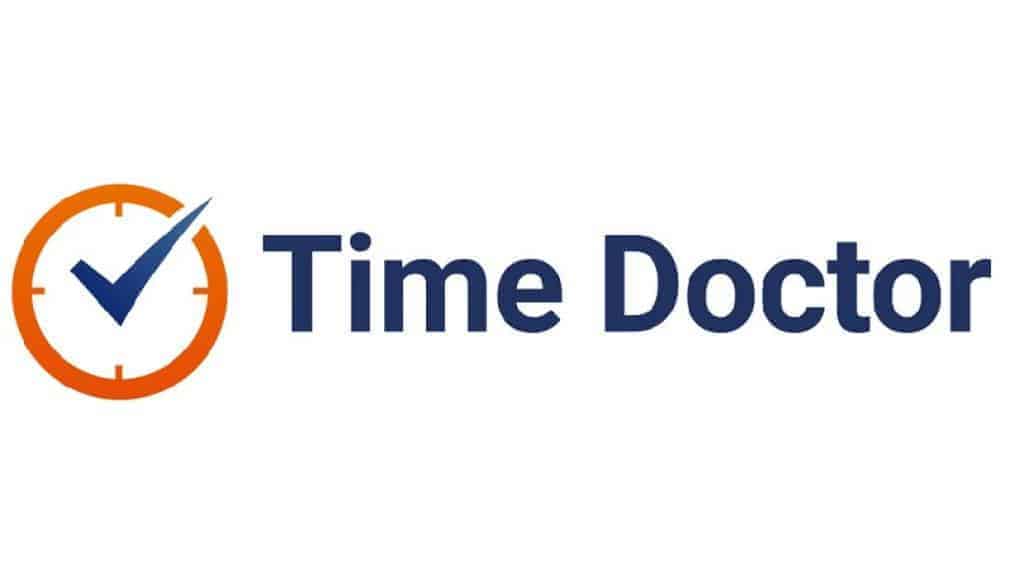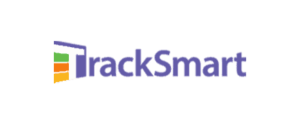- Time Tracking
- Employee Monitoring
- Project Management
- Payroll
- Client Login
- Reports
1. Time Tracking
To start tracking time on Time Doctor, you will need to download the software’s chrome extension or install its desktop app (available for Windows, Mac OS X, and Ubuntu). Once you and your employees have done that, you can start recording time by simply hitting the play or go button on the stopwatch. The platform tracks how much time each person spends on a task as well as the total time they spend working every day. Notably, Time Doctor records time even when there is no internet connection and uploads the tracked data from its local cache once you are back online.
The software also makes it easy to record break times. It does this in two ways. If an employee wants to take a break, they just need to hit the break or stop button. The software will then stop tracking time and will track the break instead. Alternatively, if the browser is idle for a long time, a pop-up box will appear, asking the employee if they are still on the job. If the query is not answered, the app will automatically initiate a break time.
Time Doctor also allows employees to record time manually, a backup option in case they have forgotten to start time tracking. Importantly, however, the software shows manual time entries in a different color, so managers are always able to distinguish between them. Manual time entries also need manager approval before they are recorded.
2. Employee Monitoring
The software offers several methods for monitoring employees. First, Time Doctor monitors your employee’s internet and application usage. Then, it not only gives you a report of the websites they’ve visited but also how much time they’ve spent on it. Further, once you have selected which apps and websites are productive, the software generates productivity reports on all your employees. Crucially, the software only tracks internet usage when your employees are on the clock, and not when they’re taking a break.
Second, the app can capture screenshots of your employee’s screens at regular intervals of 3 to 30 minutes, as you deem necessary. While this can seem like an invasion of privacy, the feature allows users to delete a screenshot they do not want their managers to see. However, any time associated with the screenshot will also be deleted. Enterprise plan subscribers can even capture short 3-minute videos of their employee’s screens.
Third, Time Doctor monitors keyboard and mouse activity. Importantly, it only tracks the activity, and does not record the actual keys pressed, offsetting any privacy concerns. If it detects extended periods of inactivity, helpfully, the software gives employees a productivity reminder notice, serving as a gentle nudge for them to get back on track.
Another crucial feature is that you can choose to monitor your employees without them knowing about it. Time Doctor calls this the ‘Silent Mode.’ However, you will need to own all the computers your employees work on to do this. It is also advisable that you check your state’s privacy laws before you enable this mode.
3. Project Management
This platform allows you to create an unlimited number of projects and tasks. You can also assign team members to a project. Additionally, if you do a lot of similar projects, Time Doctor lets you clone a project, so you don’t have to waste time recreating and re-assigning repetitive tasks. As such, the software’s project management capabilities are geared towards tracking cumulative time spent on a project and nothing else. For example, you cannot assign employees to specific tasks, set a start or end date to one, or allot priorities to them. Thankfully, the software integrates with several project management apps such as Asana, Trello, and Wrike that allow you to do that.
4. Payroll
Using the software’s payroll feature, you can pay employees for time registered in the system. You can also add pay rates or use fixed payment rates, and add adjustments such as tax cuts or paid time off to each payroll. Furthermore, you can set limits on hours billed and the amount paid every payroll, so you always stay within your allocated budget.
Time Doctor has several payment options with which to pay your employees. These include TransferWise, PayPal, and Payoneer. The software supports payments in over 60 different currencies. Importantly, it does not charge any additional fees for them. Once payroll is generated, you can export it as a CSV file.
5. Client Login
This useful feature can be used to show your clients how far their project has progressed. Importantly, clients can only view projects you are doing for them and nothing else. The client login gives them access to project-related reports, billable hours, payments made, and screenshots taken along with a birds’ eye view of completed tasks. If you want to make the client portal look like your domain, Time Doctor allows you to do so by white labeling it with your company’s branding.
6. Reports
Time Doctor has several pre-designed reports in 6 different categories. These are:
- Activity summary
- Hours tracked
- Productivity reports
- Projects and tasks
- Timeline summary
- Timeline detailed
- Web and app usage
You can customize the report views by changing users or by switching to a daily, weekly, or monthly view. Additionally, the main dashboard gives managers an overview of their team’s performance with data, such as total time tracked, employees with the highest productive time, or those with the lowest recorded hours.



